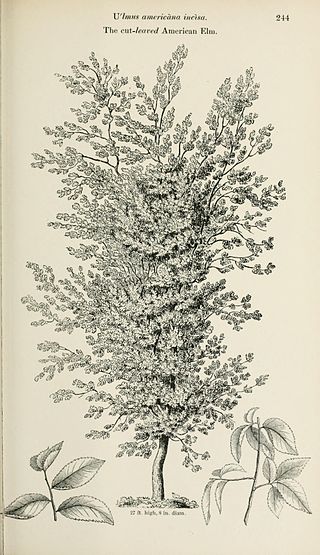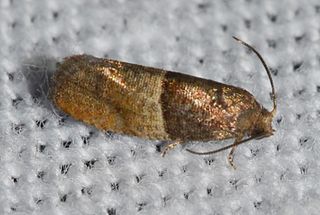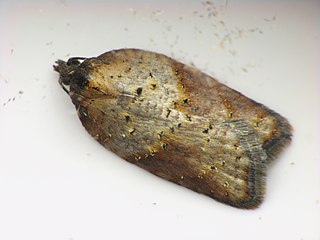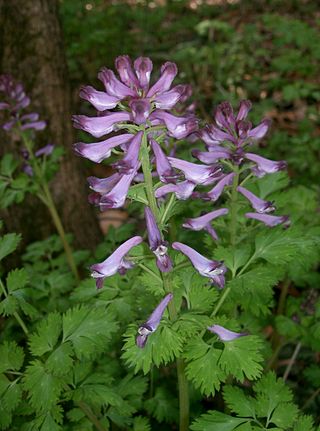Related Research Articles

Incisa Scapaccino is a comune (municipality) in the Province of Asti in the Italian region Piedmont, located about 60 kilometres (37 mi) southeast of Turin and about 15 kilometres (9 mi) southeast of Asti.

Incisa in Val d'Arno is a frazione of the comune (municipality) of Figline e Incisa Valdarno, in the Metropolitan City of Florence, Tuscany, central Italy, located about 20 kilometres (12 mi) southeast of Florence. It was a separate comune until 1 January 2014.

Phyla nodiflora, the frog fruit, sawtooth fogfruit, or turkey tangle, is a flowering plant in the family Verbenaceae, and is native to the area from northern South America to southern United States. It can be found in tropical areas around the globe, a naturalized species in many places. This plant is cited in Flora Brasiliensis by Carl Friedrich Philipp von Martius.

The American Elm cultivar Ulmus americana 'Incisa' was first described by Loudon in 1838 from a specimen in the Horticultural Society's Garden.

The Archipini are a tribe of tortrix moths. Since many genera of these are not yet assigned to tribes, the genus list presented here is provisional.

Prunus incisa, the Fuji cherry, is a species of flowering plant in the family Rosaceae, which gets its scientific name from the deep incisions on the leaves. It is an endemic species in Japan and grows wild in Kantō, Chūbu and Kinki regions. It is also called Fuji cherry because it grows especially heavily around Mount Fuji and Hakone. A dainty slow-growing, early white-flowering cherry, this century-old cultigen from Hondo, Japan is highly regarded as an ornamental but the wood has no industrial value. It is hardy to -20 °C, and crossed with Prunus speciosa, has yielded the cultivar Prunus 'Umineko'. It is in the ornamental section Pseudocerasus of the cherry subgenus Cerasus of the genus Prunus. Ma et al. classified it in a group with Prunus nipponica.

Chlidanotinae is a subfamily of moths in the family Tortricidae.

The Cochylini are a tribe of tortrix moths. It used to be classified as the subfamily Cochylinae.

Saint-Just-Chaleyssin is a commune in the Isère department in southeastern France. The main village is situated 16 km northeast of Vienne and 25 km south of Lyon.

Corydalis solida, fumewort or bird-in-a-bush, is a species of flowering plant in the family Papaveraceae, native to moist, shady habitats in northern Europe and Asia. Growing to 25 cm (10 in), it is a spring ephemeral, with foliage that appears in spring and dies down to its tuberous rootstock in summer. It is cultivated for its deeply divided, ferny leaves and narrow, long-spurred flowers which appear in spring. The flowers show color variation, and may be mauve, purple, red, or white.

Pirenella incisa is a species of medium-sized sea snail or mud snail, a marine gastropod mollusk in the family Potamididae, the horn snails.
Caenognosis is a genus of moths belonging to the family Tortricidae.

Larisa is a genus of moths belonging to the subfamily Olethreutinae of the family Tortricidae. It contains only one species, Larisa subsolana, which is found in North America, where it has been recorded from Alabama, Florida, Georgia, Illinois, Indiana, Kentucky, Maine, Maryland, Massachusetts, Minnesota, Mississippi, Missouri, New York, Ohio, Oklahoma, Ontario, Quebec, South Carolina, Tennessee, Texas, Virginia, and West Virginia.
Pseudogalleria is a genus of moths belonging to the subfamily Olethreutinae of the family Tortricidae.

The Atteriini are a tribe of tortrix moths.

The Euliini are a tribe of tortrix moths.

The Tortricini are a tribe of tortrix moths.

Homonopsis illotana is a species of moth of the family Tortricidae. It is found in China, Korea, Japan and the Russian Far East.
The Field Elm cultivar Ulmus minor 'Viminalis Incisa' was listed and described by John Frederick Wood, F.H.S., in The Midland Florist and Suburban Horticulturist (1851), along with what he called U. Viminalis and U. Viminalis Variegata, as U. Viminalis Incisa, the Cut-leaved Twiggy-branched elm. An Ulmus campestris var. nuda subvar. incisaHort.Vilv. was described by Wesmael in 1863, and considered by Green (1964) to be possibly one of Melville's U. × viminalis.

Corydalis incisa, incised fumewort, is an annual or biennial herbaceous species of plant in the poppy family. It is also known as purple keman or murasa-kike-man. Some authorities report it in the family Fumariaceae. The wildflower is native to Japan, Korea, Taiwan, and China, found in forests, clearings, and irrigation channels.